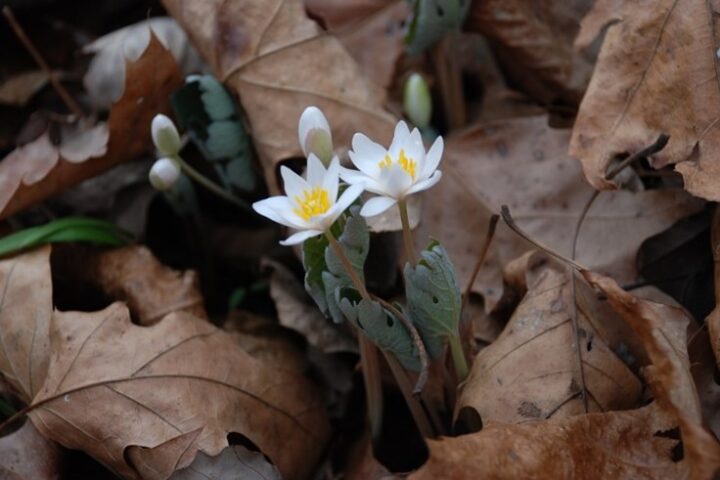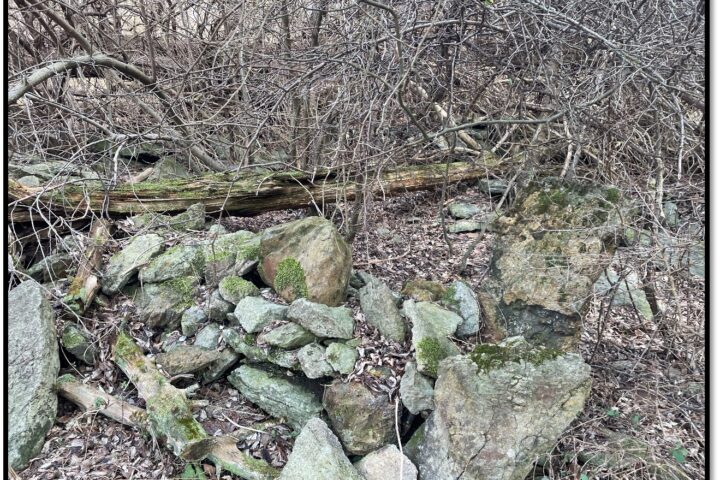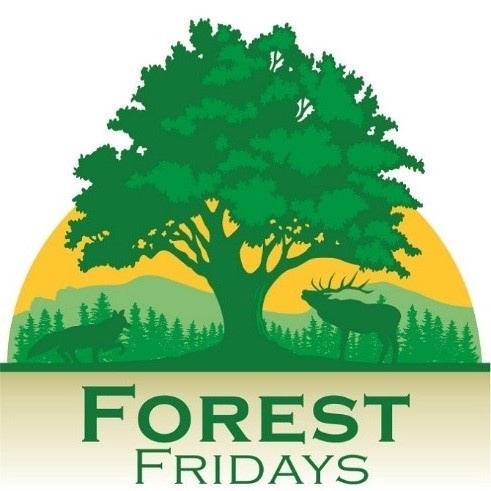
by Ryan Reed
It’s that time of year again when media interest in fall foliage skyrockets, and the topic seems to be a trendy one for news outlets nowadays. As of today, I will have completed 11 interviews on the subject already. Each year, increasing public interest in fall foliage mirrors that of the media, and it seems to come earlier in September as news outlets push for the lead on stories. We delight in the attention that fall foliage brings because it illuminates the enormous importance of our forests.
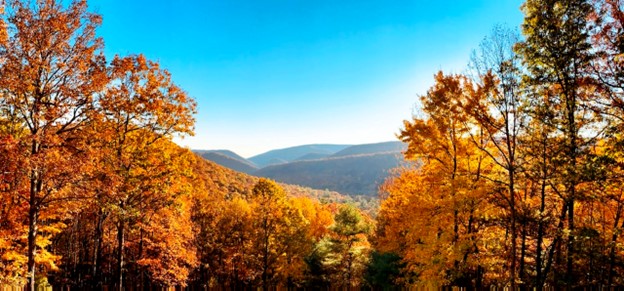
Penn’s View Vista, Bald Eagle State Forest District, 2022.
Without exception, early interviewers ask me to predict our prospects for a good fall foliage season. Such predictions are both art and science, with heavy emphasis on the latter. A good season depends on a few overarching weather factors, namely, the amount of rainfall throughout the growing season as well as the late summer/early fall temperatures. Timely and adequate rainfall (not too much or too little) throughout the growing season ensures vigorous leaf growth without encouraging formation of leaf fungus, which can mute the season’s color. Too little rainfall can stimulate early leaf drop, which obviously doesn’t help. An early fall heat wave can delay the timing of the season or shorten it by weeks, and conversely, a cold snap can stimulate a sudden change to vibrant fall colors.
Fall foliage can also be influenced by a few “X-factors”. These are factors that occur rarely in a given locale, like major storms and insect or fungal outbreaks. These instances typically do not bode well for the vibrancy and length of the fall foliage season.
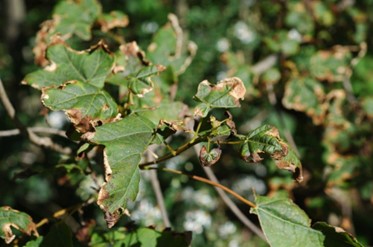
Anthracnose fungus on maple.
Fall color is also dependent on species or forest type, as well as microclimate. Northern hardwoods like maples, cherries, birches, and aspens typically change color earlier in the season
compared to their more southern counterparts like oaks and hickories. Trees and forests on north-facing slopes and/or mountaintops also tend to change earlier in the fall. We are blessed with great diversity in tree species and elevation, which only adds to the richness of our fall foliage season.
Fall foliage season is a great time to celebrate our forests amidst the collage of canopy color and sprinkles of leaf confetti on the forest floor. We encourage you to take the time to appreciate our forests in all their autumn splendor while acknowledging all the other values they provide.
Stay tuned for the first fall foliage report, which is scheduled to air on Thursday, September 28, 2023, here: https://www.dcnr.pa.gov/Conservation/ForestsAndTrees/FallFoliageReports/Pages/default.aspx
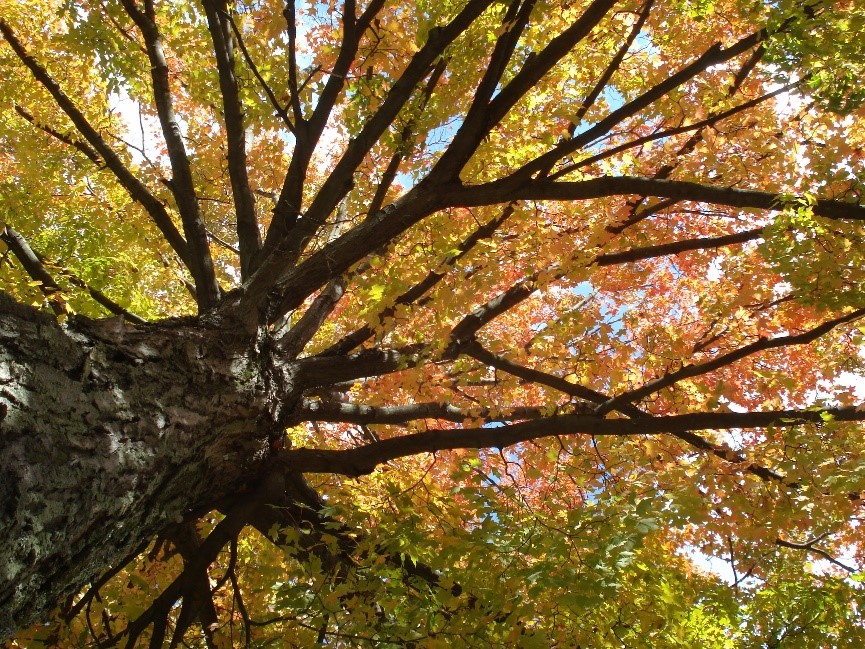
Sugar maple, Rothrock State Forest, 2018.
Forest Fridays are published weekly by the Department of Conservation and Natural Resources’ (DCNR) Bureau of Forestry.


